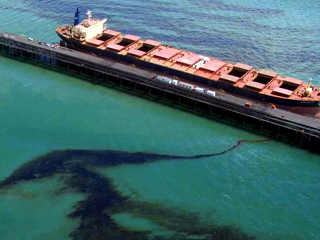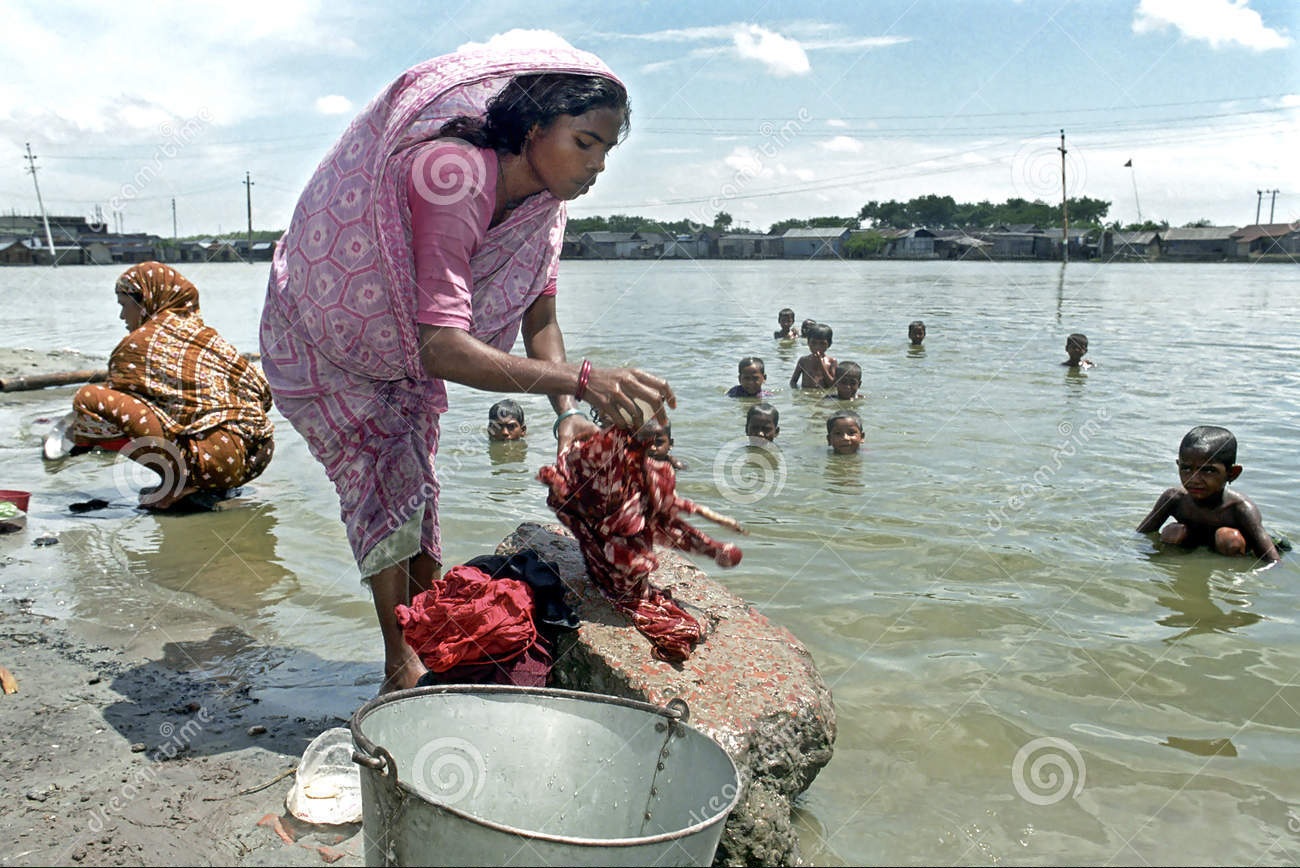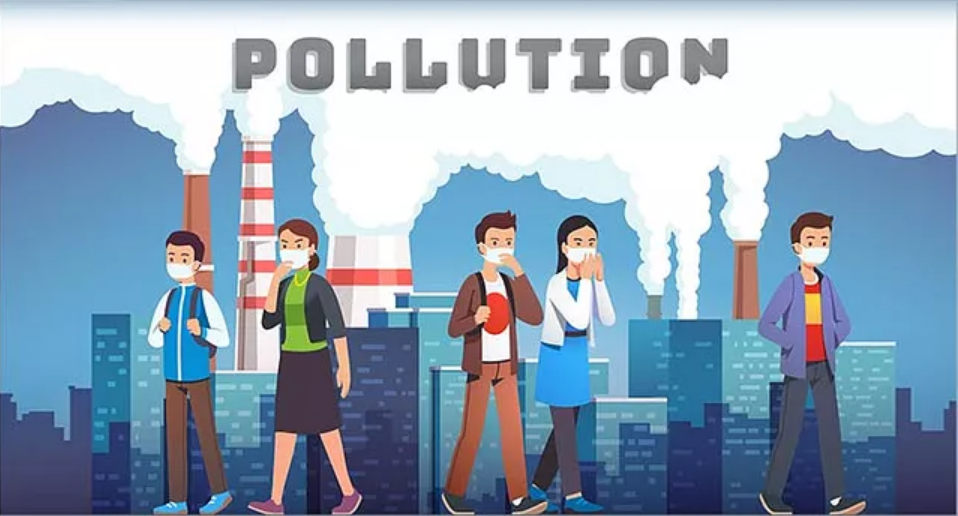1: AIR POLLUTION
Air pollution occurs when harmful or excessive quantities of substances including gases, particles, and biological molecules are introduced into Earth’s atmosphere. It may cause diseases, allergies and even death to humans; it may also cause harm to other living organisms such as animals and food crops, and may damage the natural or built environment. Both human activity and natural processes can generate air pollution.
Indoor air pollution and poor urban air quality are listed as two of the world’s worst toxic pollution problems in the 2008 Blacksmith Institute World’s Worst Polluted Places report. Outdoor air pollution alone causes 2.1 to 4.21 million premature deaths annually. According to the 2014 World Health Organization report, air pollution in 2012 caused the deaths of around 7 million people worldwide, an estimate roughly echoed by the International Energy Agency.
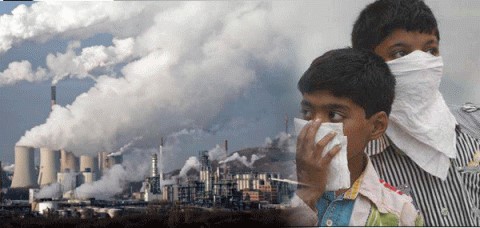
Effects of air pollution
A variety of air pollutants have known or suspected harmful effects on human health and the environment. In most areas of Europe, these pollutants are principally the products of combustion from space heating, power generation or from motor vehicle traffic. Pollutants from these sources may not only prove a problem in the immediate vicinity of these sources but can travel long distances.
The table below shows the types of health effects experienced by the most common pollutants at elevated levels:
| Pollutant | Health effects at very high levels | Nitrogen Dioxide, Sulphur Dioxide, Ozone | These gases irritate the airways of the lungs, increasing the symptoms of those suffering from lung diseases | Particles | Fine particles can be carried deep into the lungs where they can cause inflammation and a worsening of heart and lung diseases | Carbon Monoxide | This gas prevents the uptake of oxygen by the blood. This can lead to a significant reduction in the supply of oxygen to the heart, particularly in people suffering from heart disease |
|---|



2: SOIL POLLUTION
Soil pollution as part of land degradation is caused by the presence of xenobiotics (human-made) chemicals or other alteration in the natural soil environment. It is typically caused by industrial activity, agricultural chemicals or improper disposal of waste. The most common chemicals involved are petroleum hydrocarbons, polynuclear aromatic hydrocarbons (such as naphthalene and benzo(a)pyrene), solvents, pesticides, lead, and other heavy metals. Contamination is correlated with the degree of industrialization and intensity of chemical substance. The concern over soil contamination stems primarily from health risks, from direct contact with the contaminated soil, vapours from the contaminants, and from secondary contamination of water supplies within and underlying the soil. Mapping of contaminated soil sites and the resulting cleanups are time consuming and expensive tasks, requiring extensive amounts of geology, hydrology, chemistry, computer modeling skills, and GIS in Environmental Contamination, as well as an appreciation of the history of industrial chemistry.
In North America and Western Europe the extent of contaminated land is best known, with many of countries in these areas having a legal framework to identify and deal with this environmental problem. Developing countries tend to be less tightly regulated despite some of them having undergone significant industrialization.
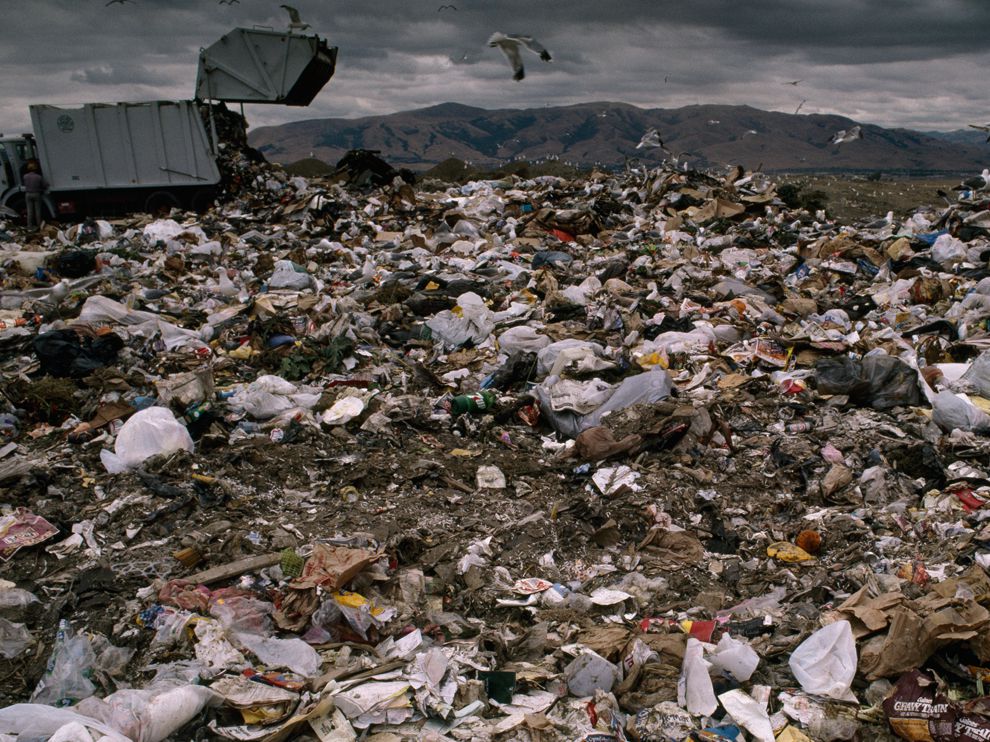
Effects of Soil Pollution
1.Effect on Health of Humans
Considering how soil is the reason we are able to sustain ourselves, the contamination of it has major consequences on our health. Crops and plants are grown on polluted soil absorb much of the pollution and then pass these on to us. This could explain the sudden surge in small and terminal illnesses.
Long term exposure to such soil can affect the genetic make-up of the body, causing congenital illnesses and chronic health problems that cannot be cured easily. In fact, it can sicken the livestock to a considerable extent and cause food poisoning over a long period of time. The soil pollution can even lead to widespread famines if the plants are unable to grow in it.
2. Effect on Growth of Plants
The ecological balance of any system gets affected due to the widespread contamination of the soil. Most plants are unable to adapt when the chemistry of the soil changes so radically in a short period of time. Fungi and bacteria found in the soil that bind it together begin to decline, which creates an additional problem of soil erosion.,
The fertility slowly diminishes, making land unsuitable for agriculture and any local vegetation to survive. The soil pollution causes large tracts of land to become hazardous to health. Unlike deserts, which are suitable for its native vegetation, such land cannot support most forms of life.
3. Decreased Soil Fertility
The toxic chemicals present in the soil can decrease soil fertility and therefore decrease in the soil yield. The contaminated soil is then used to produce fruits and vegetables which lacks quality nutrients and may contain some poisonous substance to cause serious health problems in people consuming them.
4. Toxic Dust
The emission of toxic and foul gases from landfills pollutes the environment and causes serious effects on the health of some people. The unpleasant smell causes inconvenience to other people.
5. Changes in Soil Structure
The death of many soil organisms (e.g. earthworms) in the soil can lead to alteration in soil structure. Apart from that, it could also force other predators to move to other places in search of food.
A number of ways have been suggested to curb the current rate of pollution. Such attempts at cleaning up the environment require plenty of time and resources to be pitched in. Industries have been given regulations for the disposal of hazardous waste, which aims at minimizing the area that becomes polluted.
Organic methods of farming are being supported, which do not use chemical-laden pesticides and fertilizers. Use of plants that can remove the pollutants from the soil is being encouraged. However, the road ahead is quite long and the prevention of soil pollution will take many more years.
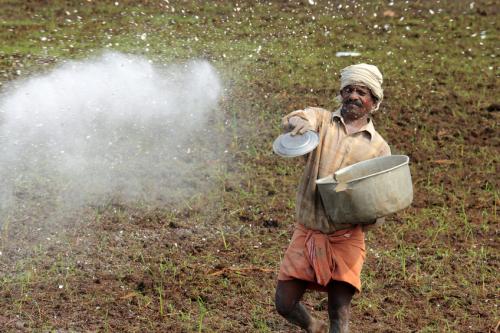
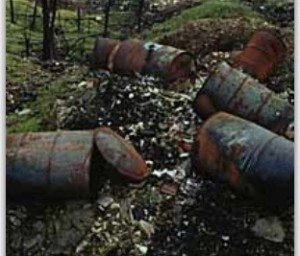
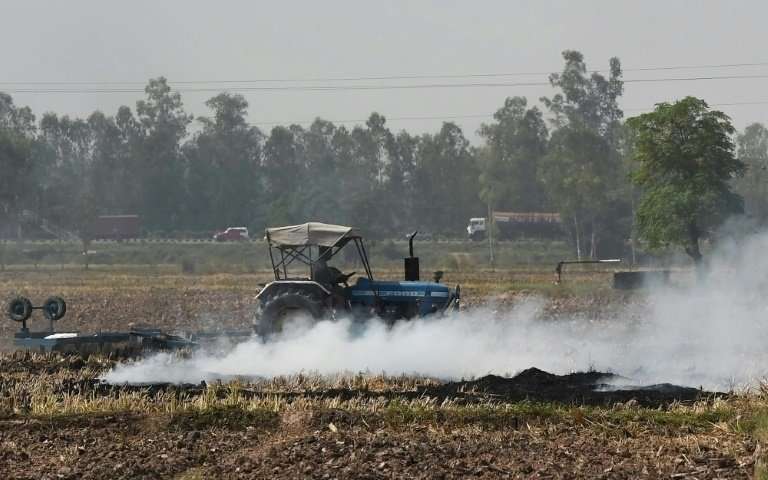
3: NOISE POLLUTION
Noise pollution, also known as environmental noise or sound pollution, is the propagation of noise with harmful impact on the activity of human or animal life. The source of outdoor noise worldwide is mainly caused by machines, transport (especially planes) and propagation systems.Poor urban planning may give rise to noise pollution, side-by-side industrial and residential buildings can result in noise pollution in the residential areas. Some of the main sources of noise in residential areas include loud music, transportation noise, lawn care maintenance, nearby construction, explosions, or young people yelling (sports games). Noise pollution associated with household electricity generators is an emerging environmental degradation in many developing nations. The average noise level of 97.60 dB obtained exceeded the WHO value of 50 dB allowed for residential areas.Research suggests that noise pollution is the highest in low-income and racial minority neighborhoods.Documented problems associated with urban environment noise go back as far as ancient Rome.
High noise levels can contribute to cardiovascular effects in humans and an increased incidence of coronary artery disease. In animals, noise can increase the risk of death by altering predator or prey detection and avoidance, interfere with reproduction and navigation, and contribute to permanent hearing loss.While the elderly may have cardiac problems due to noise, according to the World Health Organization, children are especially vulnerable to noise, and the effects that noise has on children may be permanent.Noise poses a serious threat to a child’s physical and psychological health, and may negatively interfere with a child’s learning and behavio
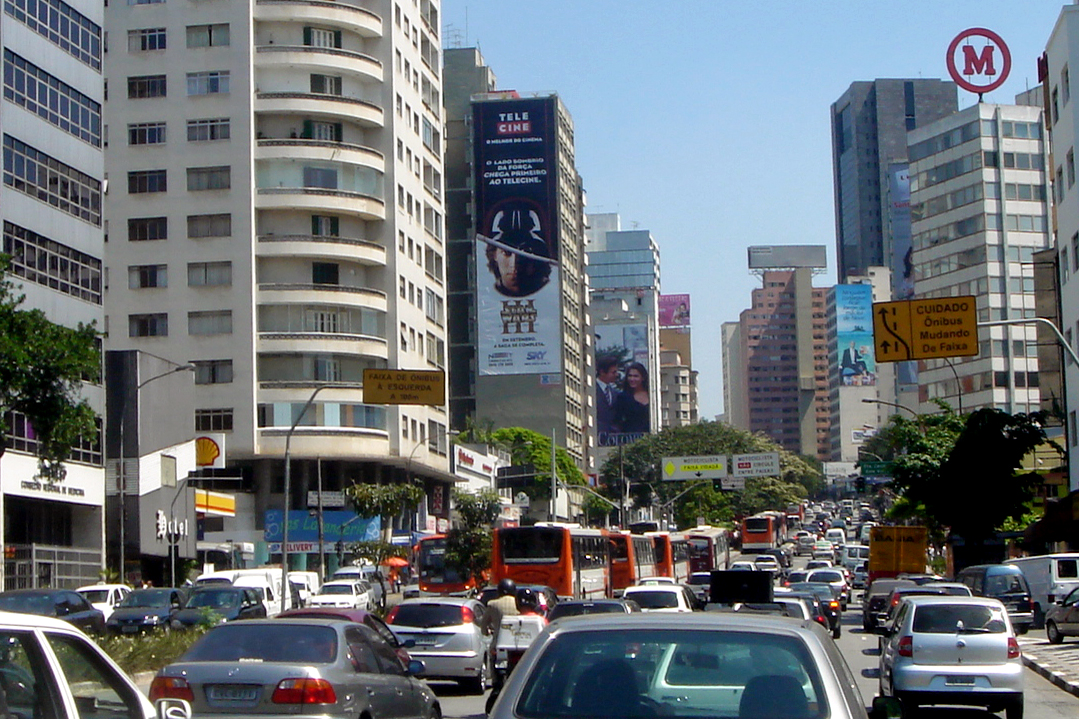
Effects of noise pollution
Generally, problems caused by noise pollution include stress related illnesses, speech interference, hearing loss, sleep disruption, and lost productivity. Most importantly, there are three major effects we can look at:
- Hearing
- Marine Animals
(SONAR is the use of sound by submarines and other fishing vessels to deterring the depth of water, the closeness of an object, or detect movement of other objects in the water)
Many of these beached whales have suffered physical trauma, including bleeding around the brain, ears and other tissues and large bubbles in their organs.
There is no question that sonar injures and kills whales and dolphins.– Joel Reynolds, NRDC senior attorney (http://www.nrdc.org/wildlife/marine/sonar.asp)
This is not only about whales, but the larger marine life are all affected in one way or the other.
- Effects on general health
Health effects of noise include anxiety and stress reaction and in extreme cases fright. The physiological manifestations are headaches, irritability and nervousness, feeling of fatigue and decreases work efficiency. For example, being pounded by the siren of fire fighters, police or ambulance in your city all night everyday leave people (especially elderly people) stresses and tired in the morning. Its is worth noting that these effects may not sound troubling, but the truth is, with time, the consequences can be very worrying.

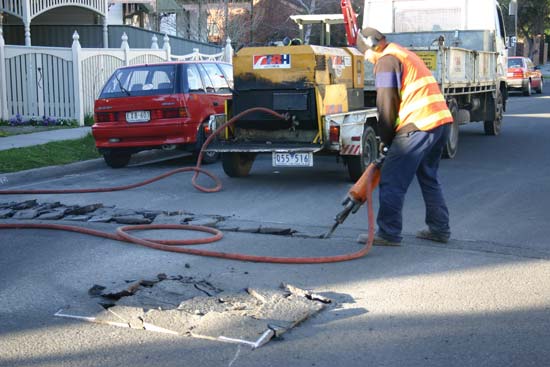

4: WATER POLLUTION
Water pollution is the contamination of water bodies, usually as a result of human activities. Water bodies include for example lakes, rivers, oceans, aquifers and groundwater. Water pollution results when contaminants are introduced into the natural environment. For example, releasing inadequately treated wastewater into natural water bodies can lead to degradation of aquatic ecosystems. In turn, this can lead to public health problems for people living downstream. They may use the same polluted river water for drinking or bathing or irrigation. Water pollution is the leading worldwide cause of death and disease, e.g. due to water-borne diseases.
Water pollution can be grouped into surface water pollution. Marine pollution and nutrient pollution are subsets of water pollution. Sources of water pollution are either point sources and non-point sources. Point sources have one identifiable cause of the pollution, such as a storm drain, wastewater treatment plant or stream. Non-point sources are more diffuse, such as agricultural runoff. Pollution is the result of the cumulative effect over time. All plants and organisms living in or being exposed to polluted water bodies can be impacted. The effects can damage individual species and impact the natural biological communities they are part of.
The causes of water pollution include a wide range of chemicals and pathogens as well as physical parameters. Contaminants may include organic and inorganic substances. Elevated temperatures can also lead to polluted water. A common cause of thermal pollution is the use of water as a coolant by power plants and industrial manufacturers. Elevated water temperatures decrease oxygen levels, which can kill fish and alter food chain composition, reduce species biodiversity, and foster invasion by new thermophilic species.
Water pollution is measured by analysing water samples. Physical, chemical and biological tests can be done. Control of water pollution requires appropriate infrastructure and management plans. The infrastructure may include wastewater treatment plants. Sewage treatment plants and industrial wastewater treatment plants are usually required to protect water bodies from untreated wastewater. Agricultural wastewater treatment for farms, and erosion control from construction sites can also help prevent water pollution. Nature-based solutions are another approach to prevent water pollution. Effective control of urban runoff includes reducing speed and quantity of flow. In the United States, best management practices for water pollution include approaches to reduce the quantity of water and improve water quality.
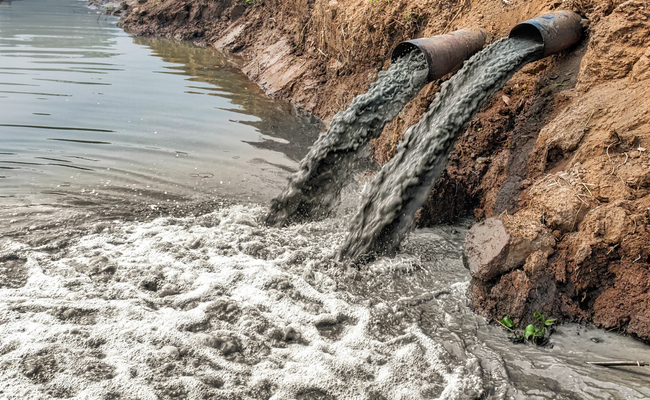
Effects of water pollution.
You will notice in the previous pages that water pollution is very harmful to humans, animals and water life. The effects can be catastrophic, depending on the kind of chemicals, concentrations of the pollutants and where there are polluted. Below, we shall see a summary of the effects of water pollution. (Make sure you see the factsheet page for some very unfortunate incidents of water pollution in recent time)
The effects of water pollution are varied and depend on what chemicals are dumped and in which locations.
Many water bodies near urban areas (cities and towns) are highly polluted. This is the result of both garbage dumped by individuals and dangerous chemicals legally or illegally dumped by manufacturing industries, health centers, schools and market places.
- Death of aquatic (water) animals
- Disruption of food-chains
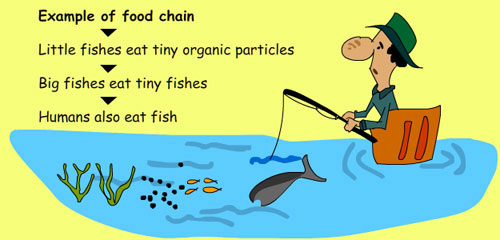
- Diseases
- Destruction of ecosystems
